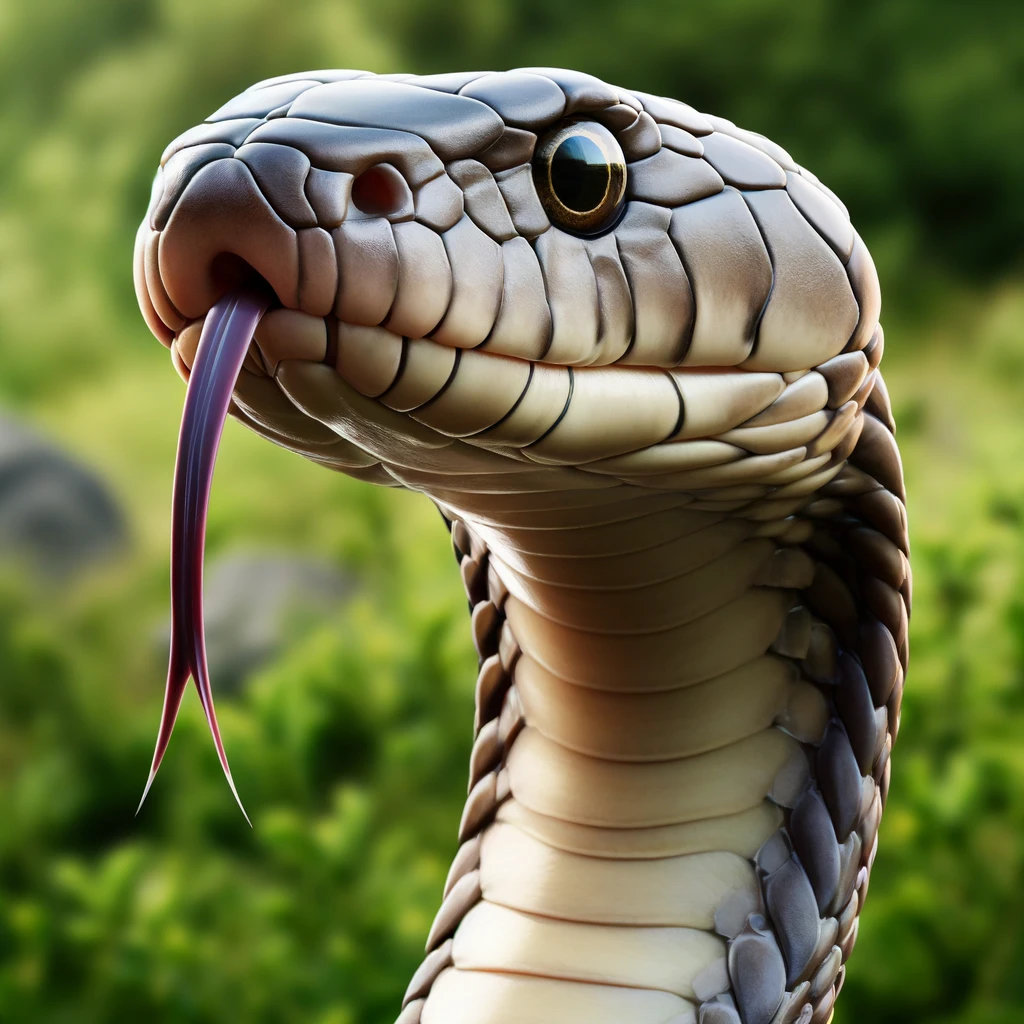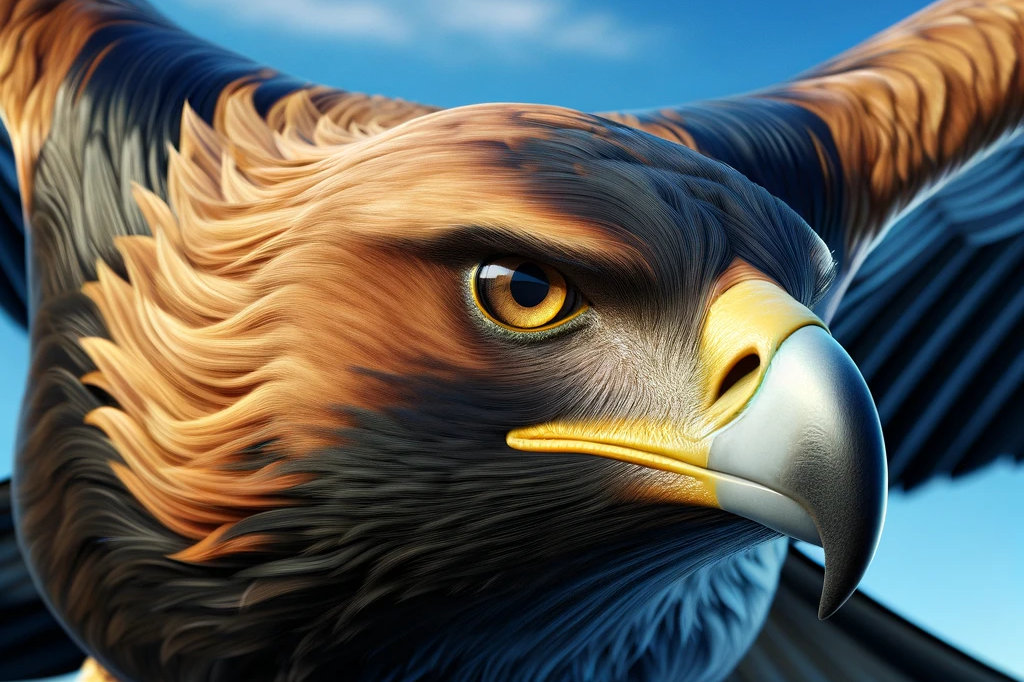The Demons of Sumerian Mythology
The eagle Anzu, the Usumgallu snake, and the Lilith as inhabitants of the Huluppu tree are probably among the best-known demons of Sumerian mythology.
Introduction
Sumerian mythology knows a variety of demonic beings that can be divided into two fundamentally different categories: On one hand, there are demons who act on behalf of the gods and execute their will. On the other hand, there are demons who act independently and thereby personify uncontrollable natural forces. While for some demons the assignment to one of these categories is not always clearly possible, it follows a clear principle: Demons who do not embody natural forces usually act on behalf of the gods.
Among the divinely commissioned demons is the mighty eagle Anzu, who was entrusted by Enlil with directing human destinies in a way that favors Enlil’s plans — a role that becomes particularly clear in the myth “Lugalbanda and the Anzu Bird.” The Usumgallu snake also belongs to this category: It is employed by the gods as guardian of important objects. The Galla demons are also classic representatives of this group — they act as enforcers in service of the underworld goddess Ereshkigal.
The Pasittu demon, however, belongs to the category of independently acting demons. As embodiment of the dangers that threaten pregnant women and newborns, it acts independently of divine commands. In the case of the demonic Lilith (Lilitu), the assignment is less clear — although her exact role in Sumerian mythology is not fully clarified, much suggests that she too belongs to the divinely commissioned beings.
A special connection between these various demonic beings is shown in the story of the Huluppu tree (Mes tree). This sacred tree was temporarily inhabited by Anzu, the Usumgallu snake, and Lilith before the goddess Inanna claimed it for herself. This common presence of different demonic beings at the same place underscores the complex nature of Sumerian demonology.
In this chapter, we will deal extensively with these various demonic beings. Particular attention will be paid to how their status as divinely commissioned or independently acting beings manifests in the transmitted texts. The investigation of their specific roles and functions will help us better understand the Sumerian understanding of the relationship between divine order and the uncontrollable forces of nature.
Demons Acting on Behalf of the Gods
The Eagle Anzu
Anzu is an eagle demon with lion-like features who was tasked by Enlil with determining the fates of ordinary humans. As an ambitious inhabitant of the Huluppu tree, he strives to become equal to the gods. He can transport humans to heaven and breaks his oath with the Usumgallu serpent. His origins are unclear. When he steals the tablet of destiny to determine the tasks of the Igigi himself, he is killed in battle by Ninurta.

The Usumgallu Serpent
The Usumgallu serpent (“strong demon”) is a demonic serpent or dragon-like hybrid creature that guards sacred places. There was more than one Usumgallu demon. One of them is the incorruptible guardian of the Huluppu tree. Around 2600 BC, Gilgamesh killed the serpent when he cut down the Huluppu tree.

The Lilith
Lilith is an invisible demon who can presumably take the form of a young woman. Her name is derived from “lil” (wind/invisible force). She lived in the Huluppu tree, which serves as a gateway to the underworld, and probably transported people there so that gods could take over their bodies. Around 2600 BC, Gilgamesh drove her into the mountains when he cut down the tree.

The Huluppu Tree
The Huluppu tree, a tree with demonic properties, later became known as the tree of life. It originated in the netherworld. Ereshkigal gave Enki the seed as a symbol of her vision: the tree was to serve as a portal between the netherworld, earth, and heaven and, when fully grown, enable chosen souls to attain eternal life. Enki planted it at Eridu. After the flood, Inanna found the uprooted tree and brought it to Uruk. There, three creatures inhabited it: the Usumgallu snake, the Anzu eagle, and Lilith. However, Inanna had the tree cut down before it was fully grown.

The Galla Demons
The Galla are described as dark, shadowy figures. They appear as a group of demons without individual features. Their gloomy, threatening appearance corresponds to their function as enforcers of the netherworld.
The Galla are netherworld demons who serve the netherworld goddess Ereshkigal. Their primary task is to act as enforcers of the netherworld. They do not act independently but carry out Ereshkigal’s commands or follow the cosmic laws of the netherworld. This becomes particularly clear in the myth of Inanna’s descent to the netherworld, where they accompany Inanna and search for a substitute sacrifice that must remain in the netherworld in her place.
The Galla are portrayed as relentless and dutiful beings. As servants of the underworld, they carry out their tasks with inexorable consistency. Their action is closely bound to the specifications and interests of the netherworld mistress.
Other Demons
The Pasittu Demon
The exact appearance of the Pasittu demon (also Pašittu or Pashittu) is not clearly described in the transmitted sources. The Pasittu demon embodies the dangers that threaten pregnant women, those giving birth, and newborns. Unlike the Galla, it acts independently and not on command of the gods. Its existence is mentioned after the deluge, when the gods introduce a new system for controlling population growth. In the Atrahasis Epic, it is described that the Pasittu demon is now allowed to snatch children from the mother’s womb — a measure with which the gods wanted to limit population growth. The Pasittu demon is thus the mythological explanation for high infant mortality.
The Pasittu demon appears as an uncontrollable, destructive force. Unlike demons who act on behalf of the gods, it follows no divine instructions. It embodies the wild, chaotic aspects of nature, especially the dangers and complications of pregnancy and birth. Its unpredictability is particularly emphasized in incantation texts — it can strike at any time and without warning.

